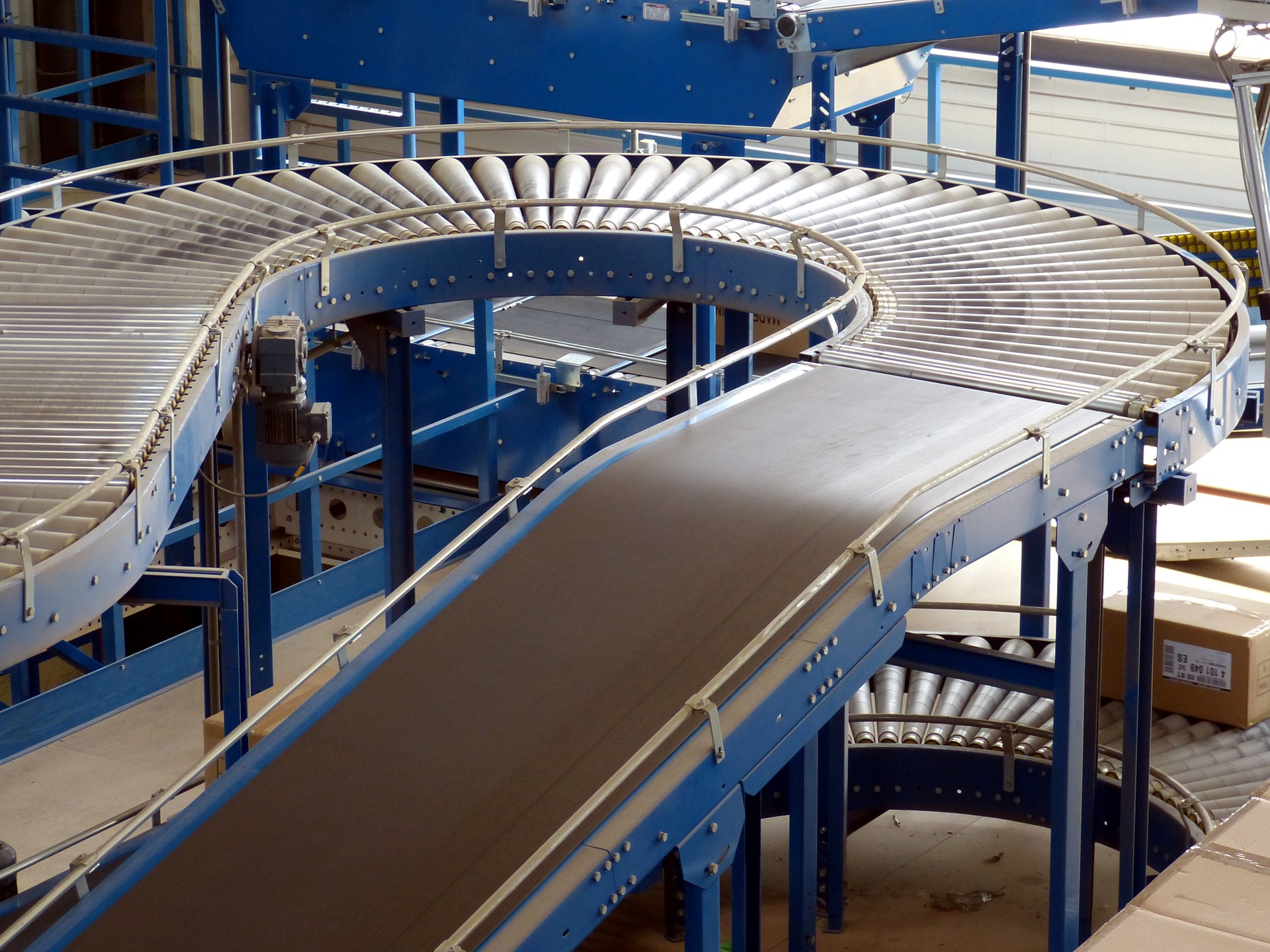The importance of regularly checking your conveyor belts

Conveyor belts are an essential component of many industrial operations, and when they break down, it can cause significant disruption to production.
Chiorino UK have a team of service engineers who can provide preventative and reactive support for your belts. We have listed some common conveyor belt problems:
- Belt mistracking: This is when the belt deviates from its intended path, causing it to rub against the conveyor structure or other components. This can result in damage to the belt, as well as increased wear and tear on other components.
- Belt slippage: This occurs when the belt slips on the drive pulley, causing a loss of power transmission and a reduction in the conveyor’s carrying capacity. It can be caused by inadequate tension, worn or damaged pulleys, or insufficient friction between the belt and pulleys.
- Belt wear: Over time, the surface of the conveyor belt can become worn or damaged, which can cause it to tear or fray. This can be caused by abrasive materials, poor maintenance, or inadequate belt selection.
- Material spillage: This occurs when materials being carried by the conveyor belt spill off the sides or end of the belt. This can be caused by uneven loading, belt mistracking, or inadequate belt containment.
- Belt stretching: Over time, the conveyor belt can stretch, causing it to become longer and looser. This can result in belt slippage, increased downtime, and reduced efficiency.
- Belt punctures: Sharp objects or materials can puncture the conveyor belt, causing it to tear or fray. This can be caused by inadequate protection, abrasive materials, or poor maintenance.
- Belt alignment: Proper alignment of the conveyor belt is crucial to ensure smooth and efficient operation. Misalignment can cause the belt to rub against other components, leading to increased wear and tear and reduced efficiency.
To prevent these common problems, regular maintenance and inspection of conveyor belts are essential. In addition, choosing the right belt for the application and ensuring proper installation and tensioning can help to minimize issues. If you have issues or would like to discuss the productivity of your belts, please contact one of our team.
